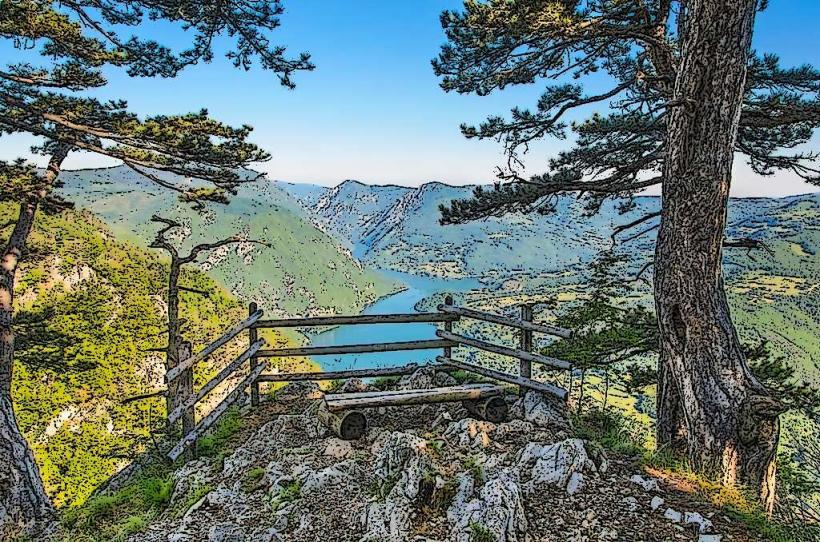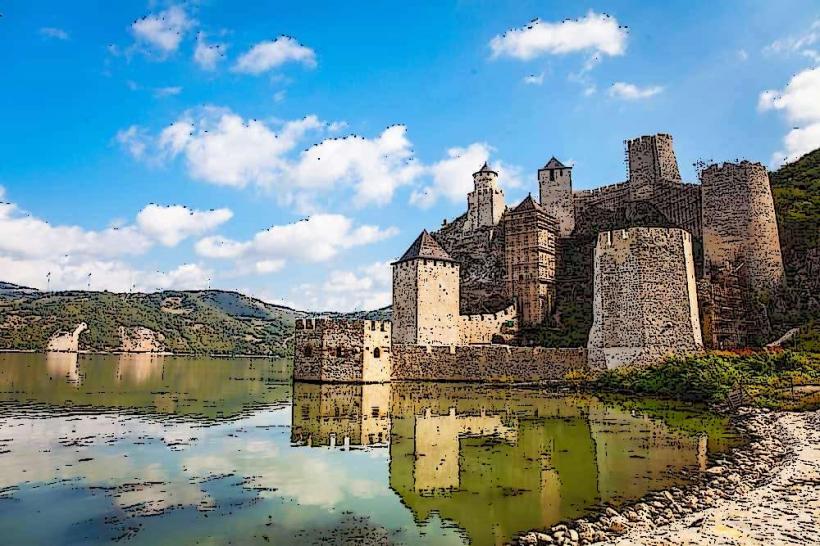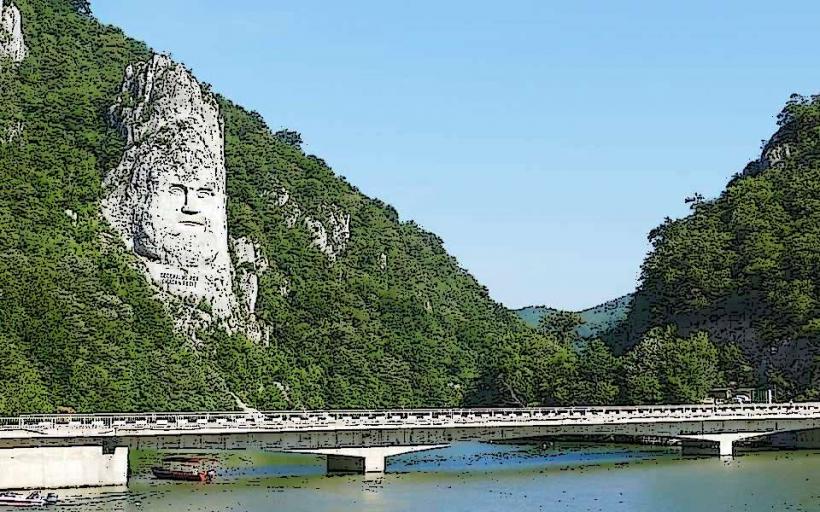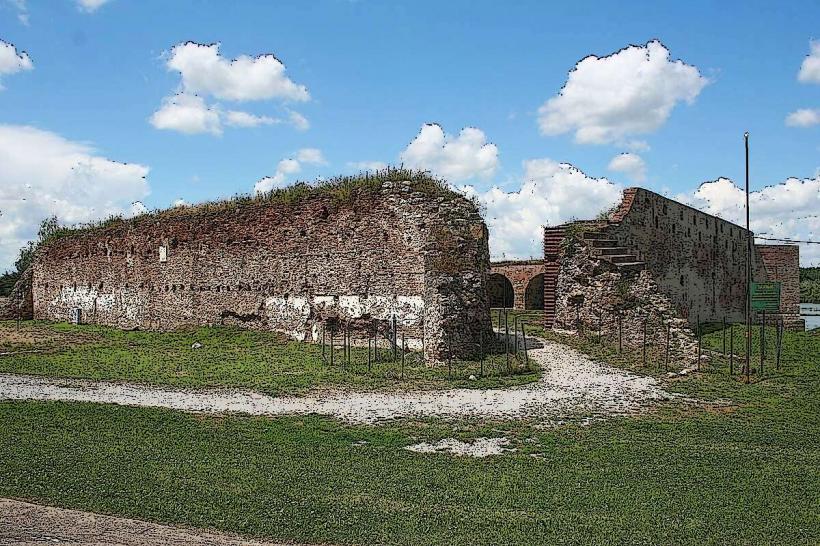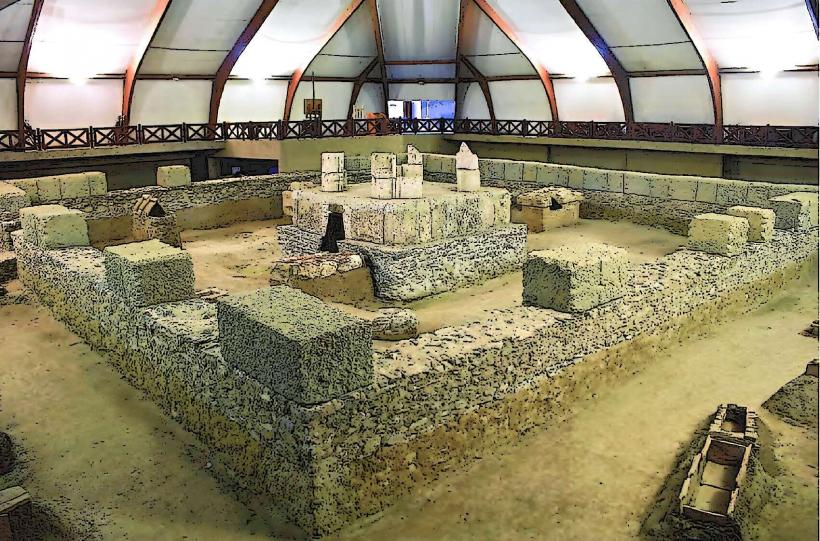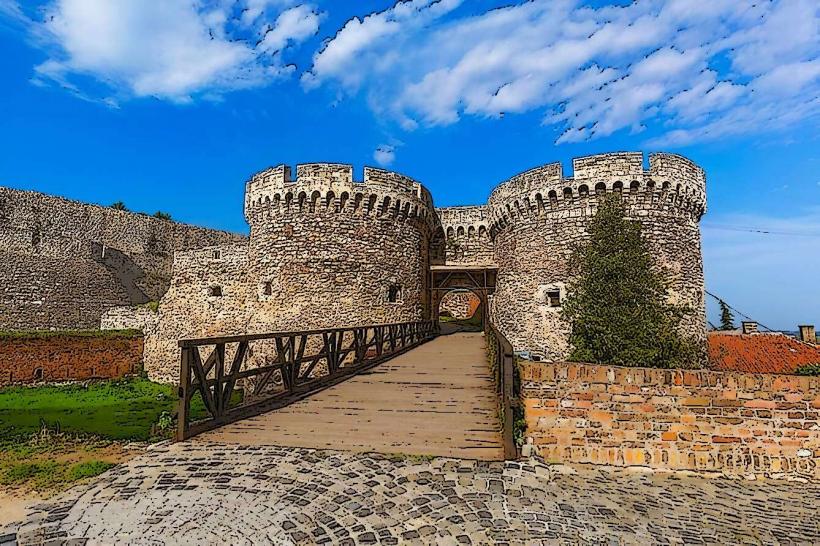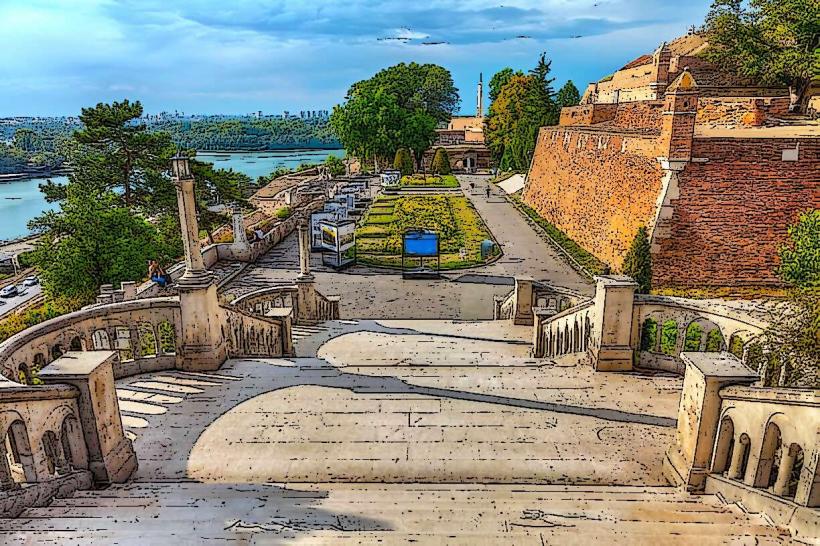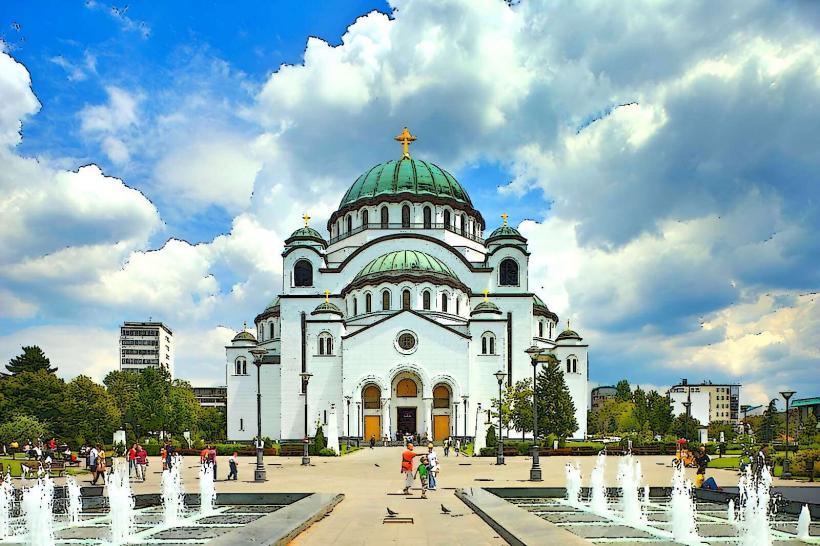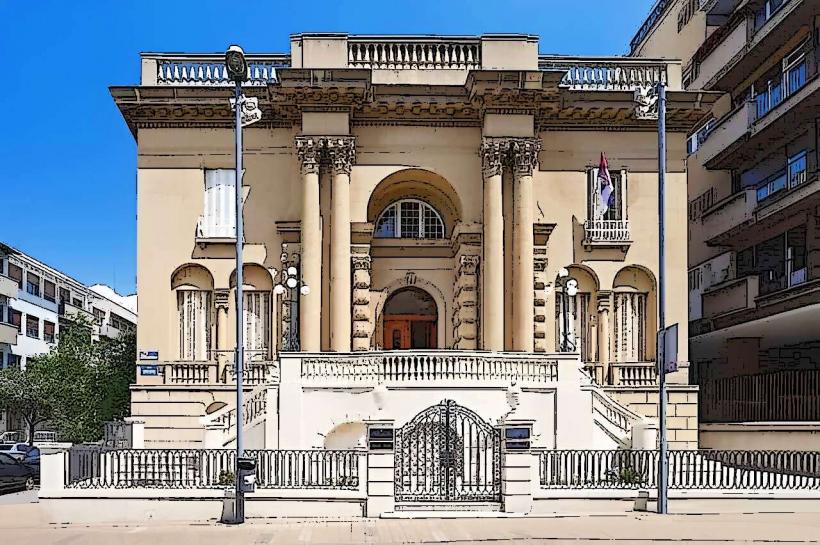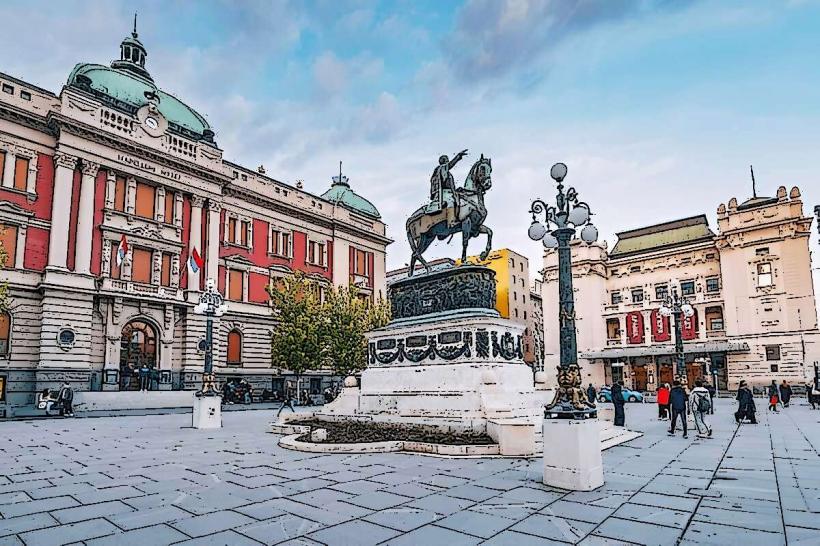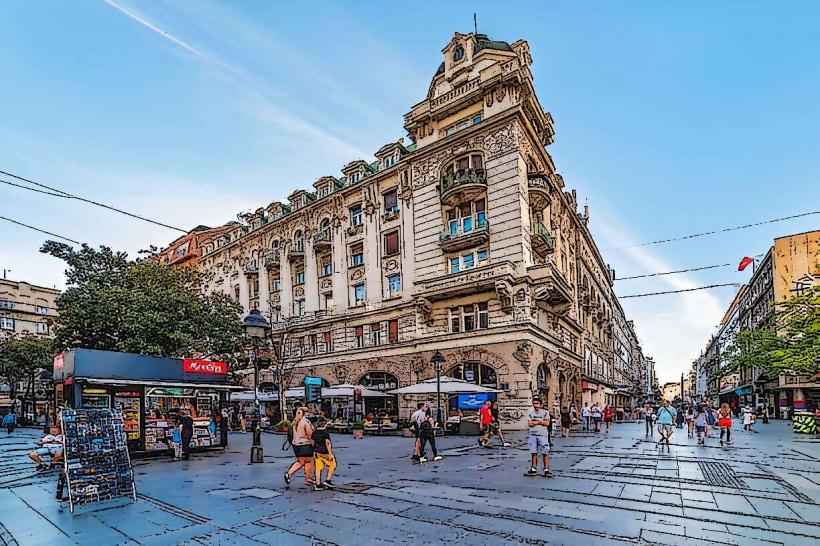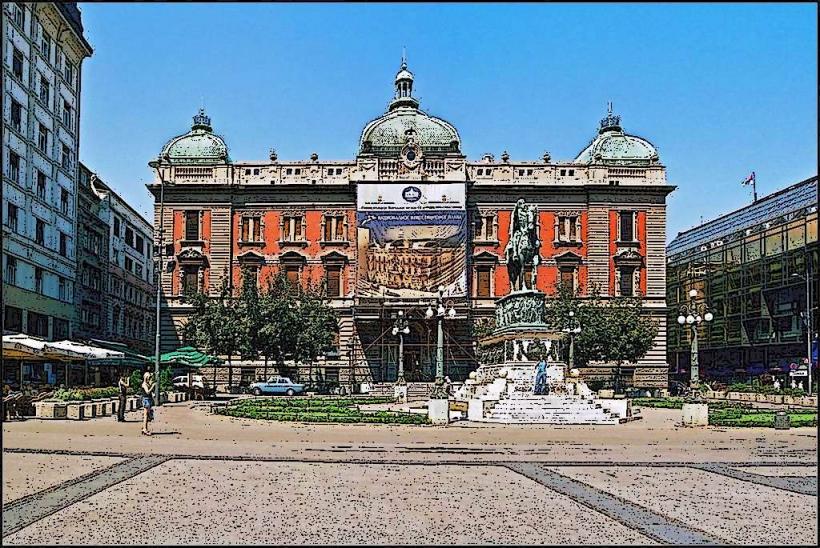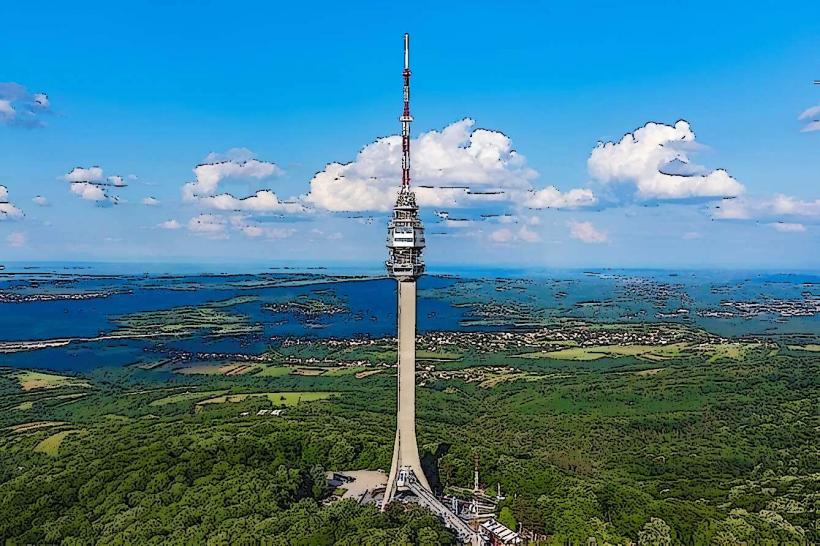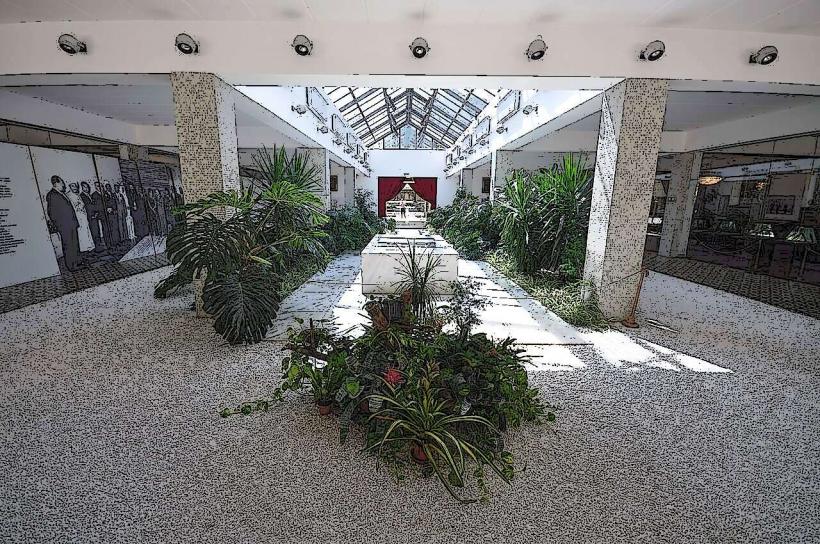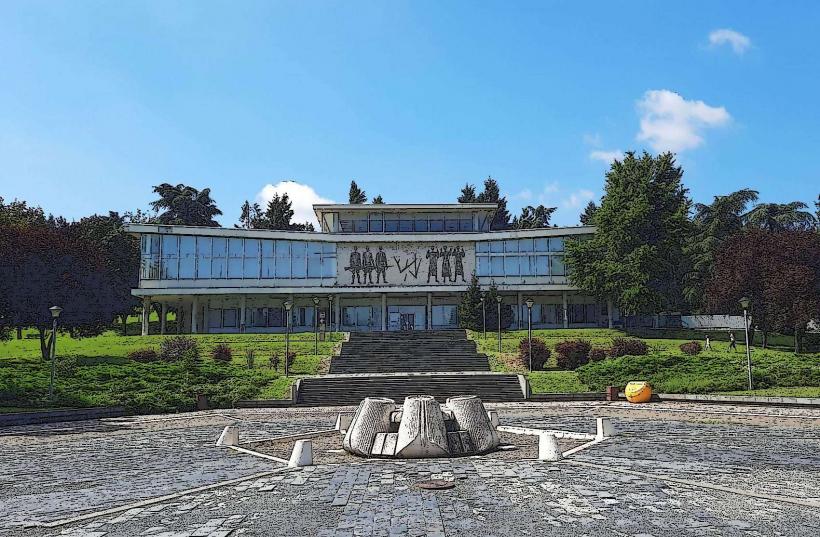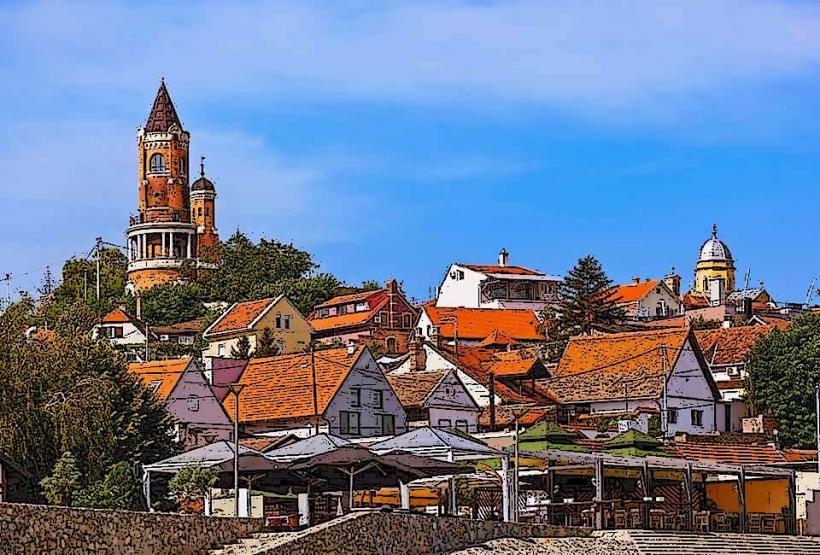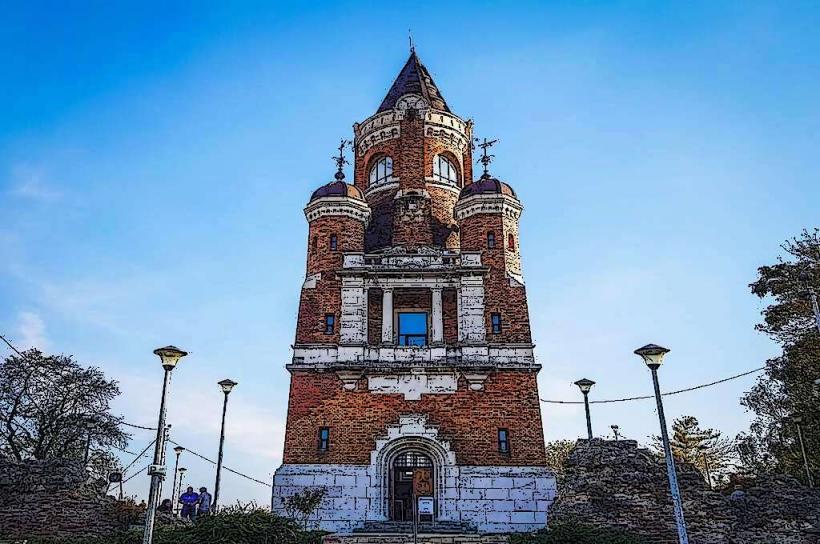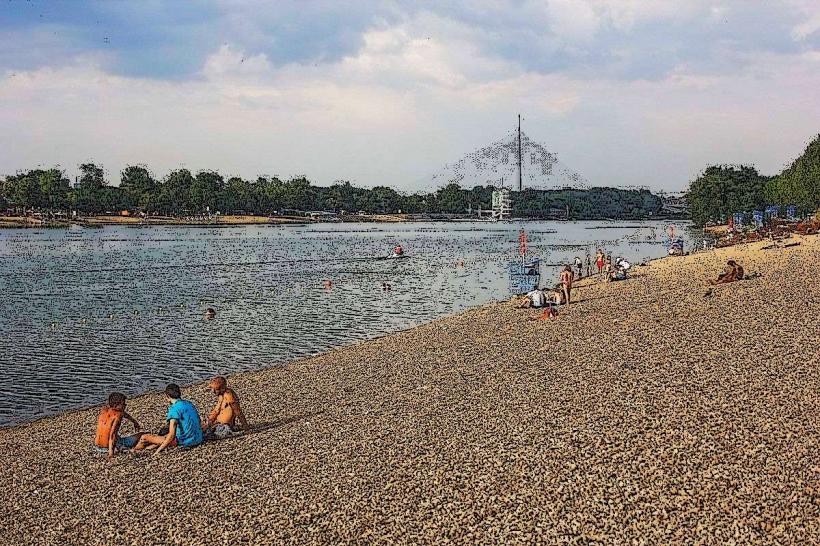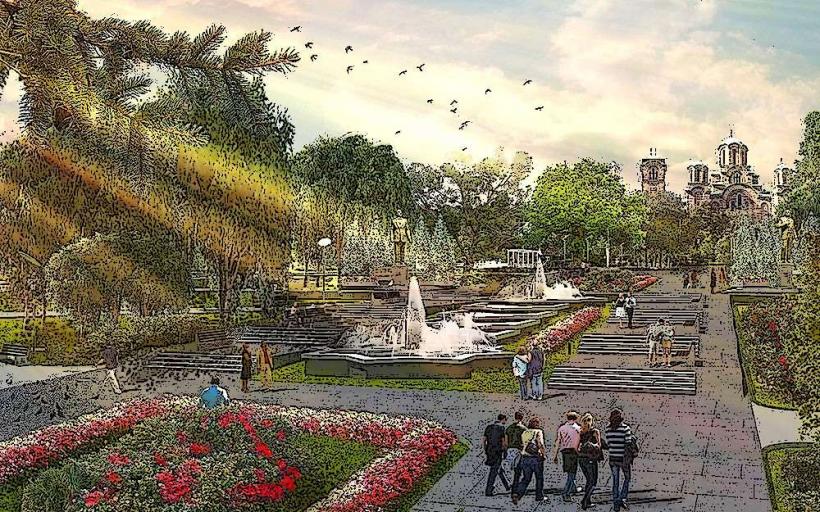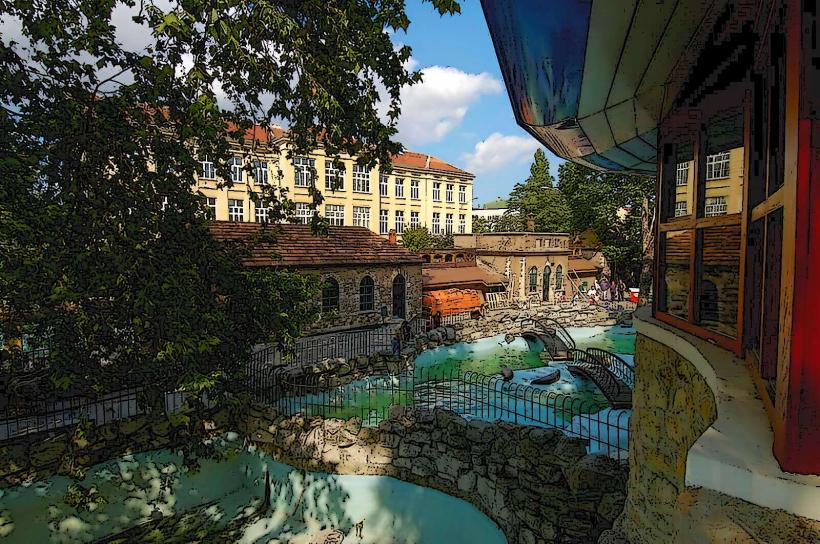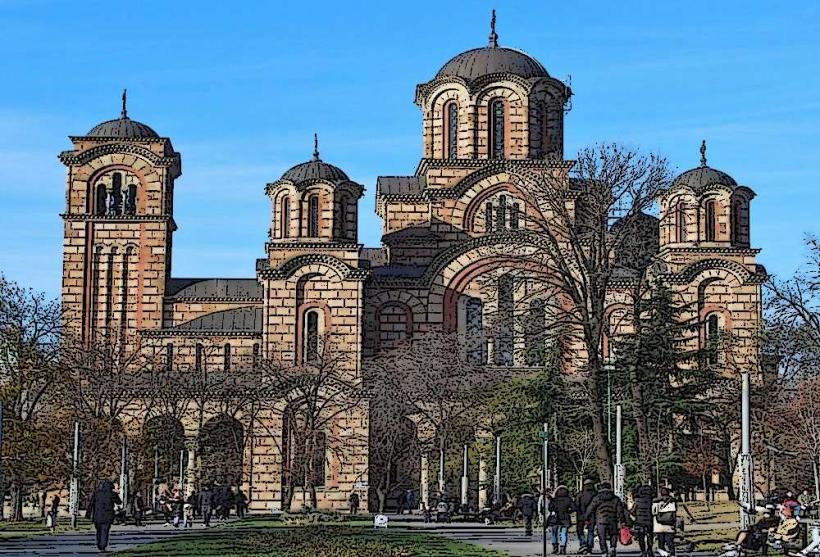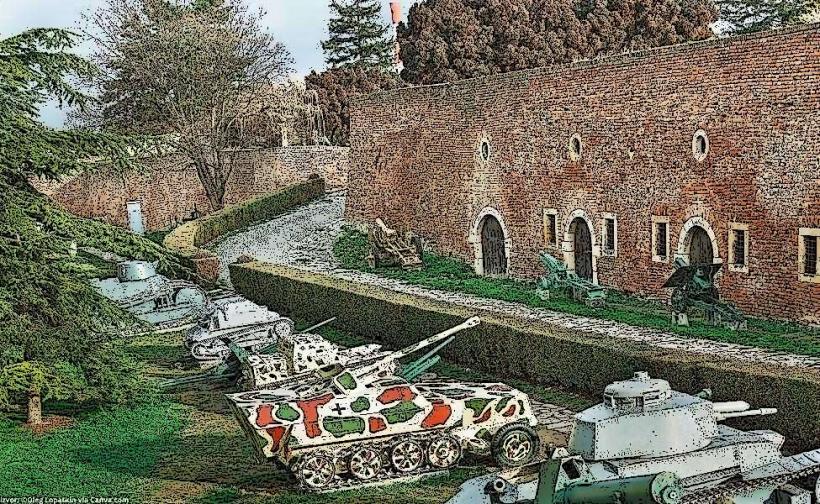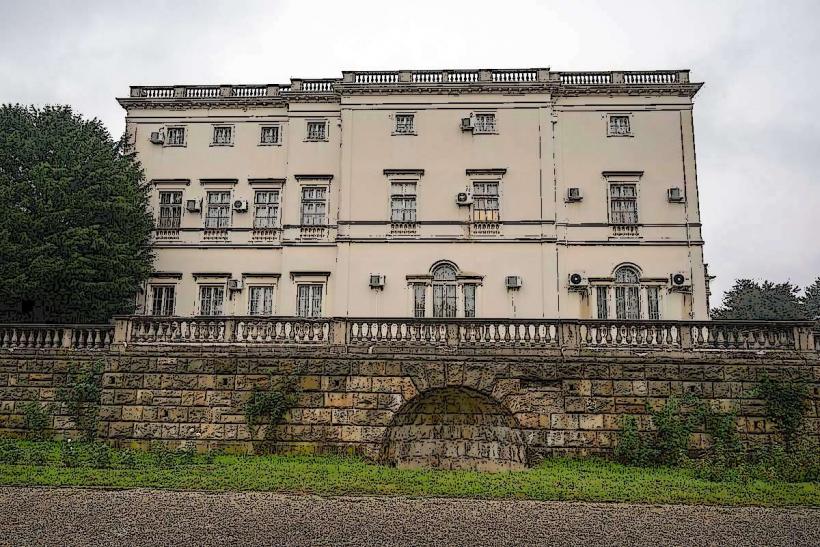Information
Landmark: Lepenski Vir (Donji Milanovac)City: Belgrade
Country: Serbia
Continent: Europe
Lepenski Vir, located near Donji Milanovac on the banks of the Danube River in eastern Serbia, is one of the most significant prehistoric archaeological sites in Europe. Dating back to around 9500–6000 BCE, it represents an advanced Mesolithic culture that flourished during the transition from a hunter-gatherer lifestyle to early agricultural practices. Known for its unique architecture, monumental sculptures, and complex societal structure, Lepenski Vir is a cornerstone in understanding human prehistory. Here's an in-depth look:
Historical and Archaeological Significance
Discovery:
- Lepenski Vir was discovered in the 1960s during excavations led by Serbian archaeologist Dragoslav Srejović, as part of a project linked to the construction of the Đerdap Dam on the Danube.
Timeline:
- The site dates from the Mesolithic (Middle Stone Age) to the Early Neolithic, with its peak between 7000–6000 BCE.
- This makes it one of the earliest known sedentary settlements in Europe.
Cultural Importance:
- Lepenski Vir represents a unique culture blending Mesolithic hunter-gatherer traditions with early agricultural practices.
- The site demonstrates the adaptation of humans to the challenges and opportunities presented by the changing environment of the Danube Gorge.
Key Features of Lepenski Vir
Architecture:
- The settlement consists of rectangular and trapezoidal stone houses, arranged in a precise pattern around a central open area.
- These houses were built using stone, clay, and wood, with hearths and storage areas indicating domestic and communal activities.
Monumental Sculpture:
- Lepenski Vir is famous for its anthropomorphic stone sculptures, representing deities or spirits, often interpreted as fish-like humanoid figures.
- These sculptures are among the earliest examples of monumental art in Europe, showcasing advanced craftsmanship and symbolic thinking.
Burials:
- Excavations have revealed numerous burials within the settlement, indicating complex rituals and beliefs about life and death.
Artifacts:
- The site yielded tools, pottery, and ornaments made from stone, bone, and antlers, providing insight into the daily lives of its inhabitants.
Environmental Context:
- Located along the Danube, the settlement benefited from the rich resources of the river, including fish and fertile land, which supported its population.
Lifestyle of the Lepenski Vir People
Diet:
- The inhabitants relied on fishing, particularly of sturgeon, which was abundant in the Danube. Hunting and gathering supplemented their diet.
Social Structure:
- The organized layout of the settlement and the scale of its construction suggest a highly organized community with shared leadership and labor.
Religion and Rituals:
- The monumental sculptures and burial practices indicate a spiritual or religious dimension, possibly revolving around river deities or ancestors.
Technological Advances:
- The people of Lepenski Vir demonstrated advanced knowledge of stoneworking, architecture, and environmental adaptation.
Lepenski Vir Museum Complex
Preservation:
- To protect the site from flooding due to the Đerdap Dam, the settlement was relocated to higher ground in the 1970s. Today, it is preserved under a modern protective structure.
Exhibits:
- The Lepenski Vir Museum showcases the original settlement layout, sculptures, tools, and other artifacts.
- Interactive displays and models help visitors visualize life at the site.
Education:
- The museum offers guided tours, educational programs, and multimedia presentations to deepen understanding of this prehistoric culture.
Cultural and Historical Impact
Archaeological Milestone:
- Lepenski Vir is a key site in understanding the Mesolithic-Neolithic transition in Europe, particularly the shift from nomadic to sedentary lifestyles.
Artistic Achievement:
- The site’s sculptures represent some of the earliest known examples of monumental art, influencing studies of prehistoric creativity and symbolism.
Regional Importance:
- Lepenski Vir is part of the Cultural Landscape of the Đerdap Gorge, a region rich in archaeological and natural heritage.
Best Time to Visit
Spring and Summer (April to September):
- Warm weather and lush surroundings make this an ideal time to explore the site and the nearby Danube Gorge.
Autumn (October):
- The fall colors along the Danube create a picturesque backdrop.
Nearby Attractions
Golubac Fortress:
- A medieval fortress located upstream, at the entrance to the Đerdap Gorge.
Đerdap National Park:
- A natural wonder featuring the Iron Gates, rich biodiversity, and hiking trails.
Donji Milanovac:
- A charming riverside town offering accommodations, restaurants, and river cruises.
Roman Military Sites:
- Nearby Roman archaeological sites, including Trajan’s Tablet and the remains of ancient fortifications.
Interesting Facts
UNESCO Nomination:
- Lepenski Vir is part of Serbia’s nomination efforts for the Đerdap Gorge Cultural Landscape to gain UNESCO World Heritage status.
Symbol of Serbian Heritage:
- The site is a celebrated symbol of Serbia’s ancient history and cultural continuity.
Pioneering Settlement:
- Lepenski Vir is often referred to as Europe’s first planned urban settlement due to its organized architecture.
How to Get There
Location:
- Lepenski Vir is about 200 km (124 miles) east of Belgrade, near Donji Milanovac.
Transportation:
- By car: Accessible via the E70 highway, which offers scenic views of the Danube.
- By bus: Buses from Belgrade to Donji Milanovac run regularly, with additional transport options to the site.
- By boat: River cruises along the Danube often include a stop at Lepenski Vir.
Why Visit Lepenski Vir?
Lepenski Vir offers a rare glimpse into the lives of Europe’s earliest settled communities. Its monumental art, advanced architecture, and serene location along the Danube make it a must-visit for history enthusiasts, archaeology lovers, and anyone seeking to connect with humanity's ancient past.

